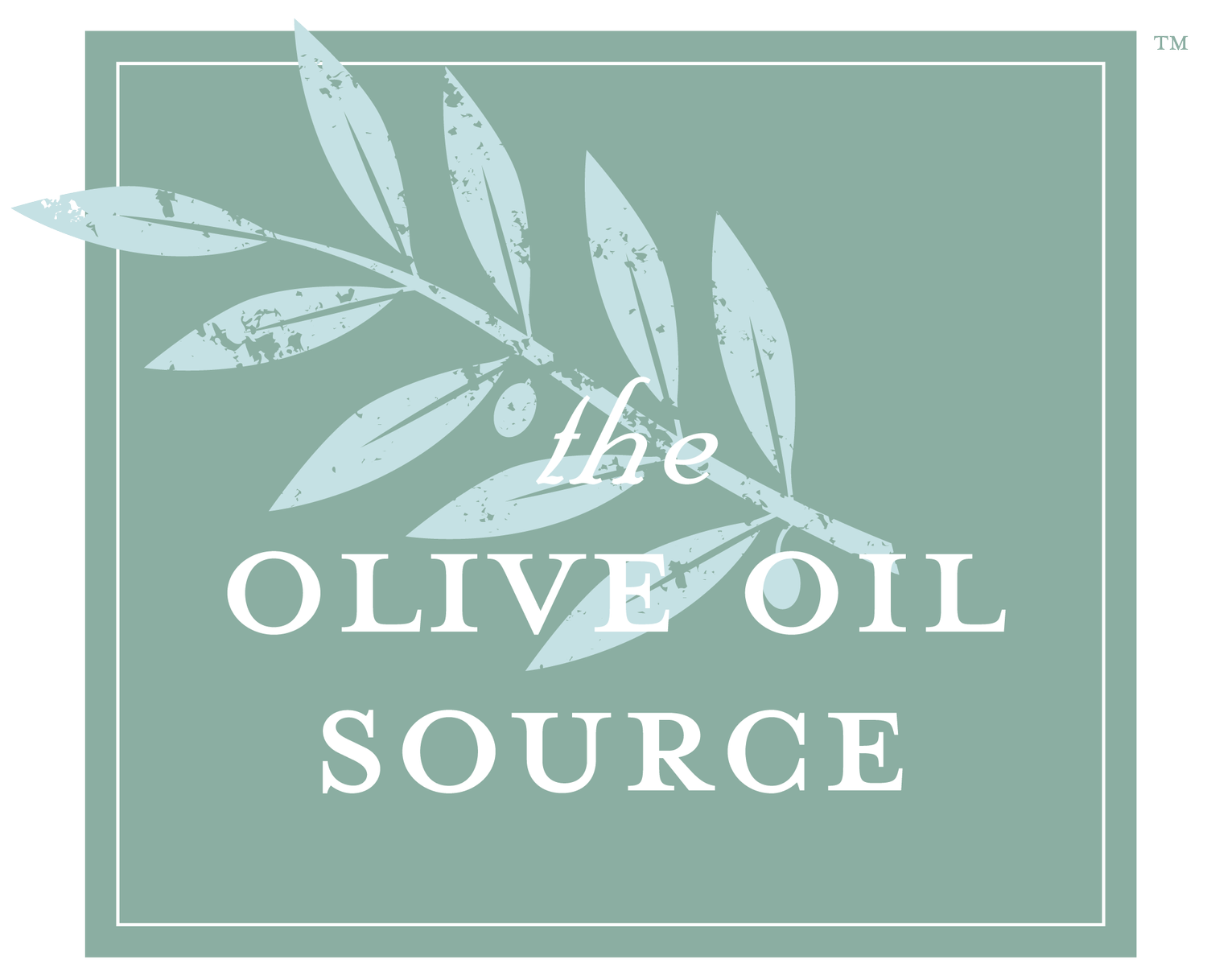2019 Harvest and Milling
I have not had time to write as it has been a crazy season of milling that is nowhere near finished. This brief holiday break gave me a chance to write a bit, however. At this point, it looks like we will continue to mill E.V.O.O. throughout all of January and, weather permitting, flavored oils in February. This year's harvest, as anticipated, was the largest we've seen in our area in the 16 years we have been milling commercially. Some of what I wrote in my pre-harvest post was accurate and some was not. Here is a recap.
I had anticipated that the bulk of the harvest would be consistent with the timing of ten years ago and before. I was wrong. The crop came in, or should have come in, even later than that and for the most part people should not have been picking before mid-November. The cost of picking early was lower yields, some of the worst we have ever seen. We saw an excess of very green fruit at the mill this year. I underestimated the impact of the cool wet weather we had all the way until the end of May, as that is very unusual. It was not too hard to extrapolate that it would push the harvest way out, I just underestimated how far it would push it out.
I was also incorrect about the anticipated yield even if the fruit had been harvested at the proper time. Whenever there is a large crop, yields go down. This year was no exception for that rule, although it was an exception in how drastic it was. Yields ran about 2/3 of normal except for a few producers. It seemed as though fruit from inland had higher yields, but this may just have been because it was riper than the coastal fruit we milled at the same time.
When I spoke with people we milled for, I was surprised how few knew about the relationship between ripeness and yield. For those of you who don't know, the riper the fruit is, the more oil you will get. The oil will also be milder the more ripe the fruit being milled is, for that variety. That last caveat is important. Frantoio milled quite ripe will almost always be stronger than Ascolano milled pretty green, but the oil from ripe Frantoio will be more mild than that from green Frantoio. The person growing the fruit needs to be aware of these things and it is their responsibility to pick the fruit to get that optimal balance of strength and yield to suit their taste. Only they can decide that.
One of the comments I hear most often is, "Last year we picked on such and such a date and it worked well so it should be good for this year". It is important to remember that agriculture is not like producing widgets. Weather is a huge factor in how things transpire and it is imperative to monitor what is going on in terms of weather and how that is affecting your crop. When we realized the crop was coming in much later than anticipated, we repeatedly postponed harvest for our own olives.
Another thing I noticed was the relatively good condition of the fruit that was brought in. There was surprisingly little fruit fly damage and few of the people milling with us that I spoke to did anything differently than in previous years. I suspect the cause of this was that the extraordinarily small crop last year did not sustain the fly population very well and so it was less of an issue this year.
I hope everyone has ended up with a good supply of exceptional oil and that 2020 is a prosperous year for all.

